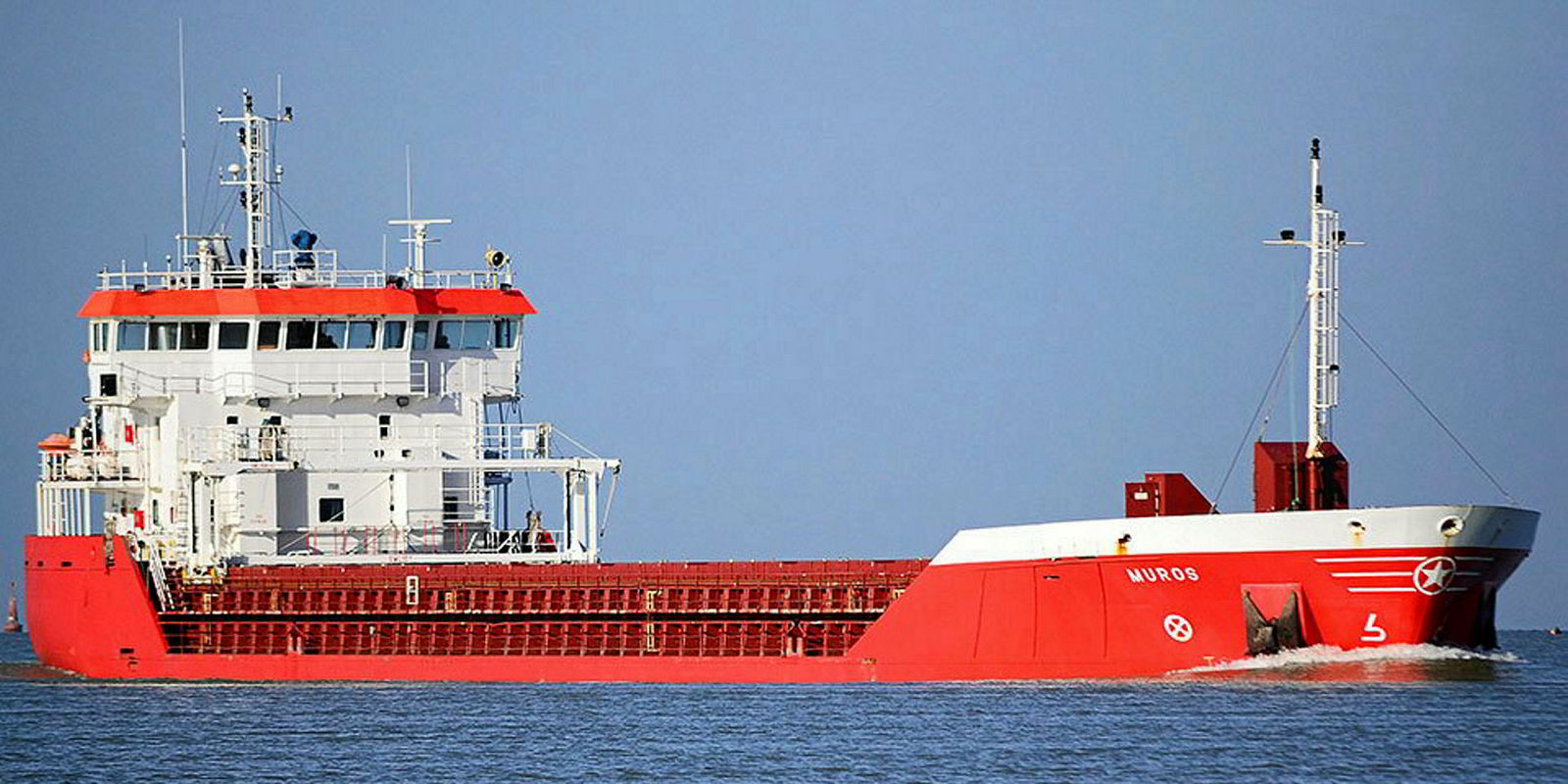The UK and Denmark are investigating electronic chart display and information systems (ECDIS) after another grounding was partly blamed on how it is being used by seafarers.
The UK Marine Accident Investigation Branch (MAIB) said it has recently probed several grounding incidents in which the way the vessels' ECDIS was configured and utilised was contributory.
"There is increasing evidence to suggest that first-generation ECDIS systems were designed primarily to comply with the performance standards required by the IMO, as these systems became a mandatory requirement on ships, with insufficient attention being given to the needs of the end user," it added.
"As a consequence, ECDIS systems are often not intuitive to use and lack the functionality needed to accommodate accurate passage planning in confined waters."
This has led to crew using it in ways contrary to the instructions and guidance provided by the manufacturers and/or expected by regulators, the report added.
MAIB has teamed up with the Danish Maritime Investigation Board to work on more fully understanding why operators are not using ECDIS as envisaged.
"The overarching objective is to provide comprehensive data that can be used to improve the functionality of future ECDIS systems by encouraging the greater use of operator experience and human-centred design principles," it added.
Muros grounding
The review was prompted by the grounding of the 4,950-dwt Naviera Murueta bulker Muros (built 2008) in the early hours of 3 December 2016 on Haisborough Sand in eastern England.
The ship was refloated after six days with tug assistance, but damage to its rudder required a tow to Rotterdam for repairs.
The report found the passage plan had been revised by the second officer less than three hours before the grounding and it had not been seen or approved by the master.
A visual check of the track in ECDIS using a small-scale chart did not identify it to be unsafe, and warnings of the dangers over Haisborough Sand that were automatically generated by the system’s ‘check route’ function were ignored.
The second officer monitored the vessel’s position using ECDIS but did not take any action when the vessel crossed the 10m safety contour into shallow water, MAIB said.
"The effectiveness of the second officer’s performance was impacted upon by the time of day and a very low level of arousal and she might have fallen asleep periodically," MAIB added.
The disablement of the ECDIS alarms removed the system’s barriers that could have alerted the second officer to the danger in time for successful avoiding action to be taken, the report found.



